7,668cc OHV Inline 6-Cylinder Engine
Single Carburetor
95bhp at 2,750rpm
4-Speed Manual Transmission
Front Semi-Elliptical Leaf Springs and Rear Cantilever Spring Suspension
4-Wheel Servo-Assisted Drum Brakes
*Ordered new by Capt. Alfred Lowenstein once the 3rd richest man in the world
* An exceptionally high quality fully convertible Rolls-Royce
* Long term care in the custody of the late Charles Gillet
* Offered with copies of factory records
THE PHANTOM I
"The New Phantom", later called the Phantom I, was developed by Rolls-Royce over a four-year period and announced in 1925 as a successor to the universally acclaimed "Silver Ghost". The "Silver Ghost" had already won for Rolls-Royce the accolade of "The Best Car in the World" and therefore Henry Royce had been reluctant to change the model too radically from an already outstandingly successful formula. Chassis detail in particular for the "New Phantom" was similar in many respects to the "Silver Ghost" and, although there was a trend for unit construction of engine and gearboxes, Royce retained separate units for the new model. The engine was significantly enhanced, featuring a one piece, detachable, cast iron cylinder head and emulated the popular 20hp model with the introduction of pushrod operated overhead valves. The engine capacity of the "New Phantom" was 7,668cc and, as with the "Silver Ghost", three of the four gears were almost redundant, apart from starting from rest or on the steepest of gradients.
Writing of the "New Phantom" in May 1925, the British magazine, The Autocar said:-
"As regards detail it is practically hopeless to go into any one point, for there is not a single minor component of the chassis which has not its interest and is not carried out in a manner suggesting that the designers were able to deal with every problem, great or small, unhampered by the possible cost of solution, intent on making the best mechanism for the job in hand."
Barker & Co. Coachbuilders were always closely associated with Rolls-Royce, having made the successful transition from carriage building to 'coach' building at the dawn of the automobile the London based house was well poised to assist Charles Rolls as he supplied the upper echelons of society with his cars. As the Rolls-Royce morphed from two-cylinder cars into a variety of different configurations of power units, including a vee-eight before settling on the single model six cylinder that we know as the Silver Ghost, Barker followed that journey. Indeed the car that was christened The Silver Ghost wears bodywork of Barker's construction, as did many of the cars that followed it in this series.
Barker coachwork always seemed to be in tune with the Rolls-Royce clientele and was of the same stature of quality also. Similarly, with the arrival of the New Phantom, or first Phantom model, their coachwork carried that same high class of design and to both the bodywork, by now frequently fitted with patented accessories also of their manufacture.
THE MOTORCAR OFFERED
The Phantom 1 that we present here today is a brilliant statement of what the collaboration of an automobile builder, a styling house and its client could achieve, particularly when money was no object. In this case that was certainly true, the client being an extremely interesting character, Alfred Loewenstein, a financier of Belgian origins who made his fortune with pioneering investments including in electric power and faux silk manufacturing. Sources state that he was the third wealthiest man in the world in this era.
Loewenstein's Barker Rolls-Royce is one of their brilliant fully convertible all-seasons cars, which as for carriages were termed Cabriolets. Technically quite complicated and yet beautifully engineered it provided its owner with a series of configurations, be it fully enclosed with wind up windows, an open Sedanca de Ville option with the chauffeur publicly on display and the passengers hidden, or to take advantage of sunny days, perhaps at the horse races, the entire top collapses opening all passengers to the day.
When he took delivery of the car in 1926 he would have been at the height of his success, and yet he had his detractors also, such that when he died in what can be termed as an aircraft accident, many would call foul play.
The morning after Independence Day 1928, readers of The New York Times would learn the of his bizarre passing in this way - "Capt. A.Lowenstein falls from plane; drowning in sea; Belgian Financier Was Crossing the English Channel on his Way to Brussels. Opened a wrong door. Accident Is Not Discovered Till the Aircraft Nearly Reaches Its Destination. Known as 'Mystery Man'. Offered $50,000,000 Loan to His Country Without Interest --Narrowly Escaped Death Here. Made Big Fortune Swiftly. Planned to Return Here in Fall."
The somewhat odd circumstances were that he disappeared while crossing the modest void of the English Channel in his own private Fokker trimotor plane, with rumors ranging from an absent-minded incident of his opening the wrong door when attempting to find the bathroom and plunging to his death (!), to someone ensuring that he vacated the plane under duress. The perpetrators being suggested as mobsters or even members of his family. Whatever the cause, the result was that his news of his passing spooked the markets for his various ventures immediately.
Lowenstein's Rolls survives him some 95 years later owing to its careful preservation and sensitive restoration in a series of sympathetic ownerships. It arrived in the USA in the 1960s, spending a long time with Californian owners, including time with a Dick Lyon of Balboa. Mr Lyon knew the immediate former owner Charles Gillet very well having served in the Navy with him, and Gillet had long admired the car. Ultimately, he was able to make a takeover bid for it in the late 1980s.
The Rolls moved East into Gillet's collection and would be restored early on in his ownership, returning briefly to California for the work to be carried out by White Post Restorations. On its completion it was shown at the Pebble Beach Concours d'Elegance in 1991, a big year for the marque, with their National taking place on the Peninsula. There on the 18th Fairway it secured the Lucius Beebe Trophy and would follow this up with AACA Grand National First Prize and CCCA Premier Awards. Even to this day as a 30 plus year old restoration it continues to display well.
The current owner acquired the car from Mr. Gillet's estate a couple of years ago, joining a diverse stable of collectors' cars. While in his care the car has recently been checked over, with minor work including the replacement of the ignition coil, oil change and road test. One of the most luxurious of its time, the car has always been cherished and would grace any collection, while its fascinating ownership provenance will always be something worth regaling.
7,668cc OHV Inline 6-Cylinder Engine
Single Carburetor
95bhp at 2,750rpm
4-Speed Manual Transmission
Front Semi-Elliptical Leaf Springs and Rear Cantilever Spring Suspension
4-Wheel Servo-Assisted Drum Brakes
*Ordered new by Capt. Alfred Lowenstein once the 3rd richest man in the world
* An exceptionally high quality fully convertible Rolls-Royce
* Long term care in the custody of the late Charles Gillet
* Offered with copies of factory records
THE PHANTOM I
"The New Phantom", later called the Phantom I, was developed by Rolls-Royce over a four-year period and announced in 1925 as a successor to the universally acclaimed "Silver Ghost". The "Silver Ghost" had already won for Rolls-Royce the accolade of "The Best Car in the World" and therefore Henry Royce had been reluctant to change the model too radically from an already outstandingly successful formula. Chassis detail in particular for the "New Phantom" was similar in many respects to the "Silver Ghost" and, although there was a trend for unit construction of engine and gearboxes, Royce retained separate units for the new model. The engine was significantly enhanced, featuring a one piece, detachable, cast iron cylinder head and emulated the popular 20hp model with the introduction of pushrod operated overhead valves. The engine capacity of the "New Phantom" was 7,668cc and, as with the "Silver Ghost", three of the four gears were almost redundant, apart from starting from rest or on the steepest of gradients.
Writing of the "New Phantom" in May 1925, the British magazine, The Autocar said:-
"As regards detail it is practically hopeless to go into any one point, for there is not a single minor component of the chassis which has not its interest and is not carried out in a manner suggesting that the designers were able to deal with every problem, great or small, unhampered by the possible cost of solution, intent on making the best mechanism for the job in hand."
Barker & Co. Coachbuilders were always closely associated with Rolls-Royce, having made the successful transition from carriage building to 'coach' building at the dawn of the automobile the London based house was well poised to assist Charles Rolls as he supplied the upper echelons of society with his cars. As the Rolls-Royce morphed from two-cylinder cars into a variety of different configurations of power units, including a vee-eight before settling on the single model six cylinder that we know as the Silver Ghost, Barker followed that journey. Indeed the car that was christened The Silver Ghost wears bodywork of Barker's construction, as did many of the cars that followed it in this series.
Barker coachwork always seemed to be in tune with the Rolls-Royce clientele and was of the same stature of quality also. Similarly, with the arrival of the New Phantom, or first Phantom model, their coachwork carried that same high class of design and to both the bodywork, by now frequently fitted with patented accessories also of their manufacture.
THE MOTORCAR OFFERED
The Phantom 1 that we present here today is a brilliant statement of what the collaboration of an automobile builder, a styling house and its client could achieve, particularly when money was no object. In this case that was certainly true, the client being an extremely interesting character, Alfred Loewenstein, a financier of Belgian origins who made his fortune with pioneering investments including in electric power and faux silk manufacturing. Sources state that he was the third wealthiest man in the world in this era.
Loewenstein's Barker Rolls-Royce is one of their brilliant fully convertible all-seasons cars, which as for carriages were termed Cabriolets. Technically quite complicated and yet beautifully engineered it provided its owner with a series of configurations, be it fully enclosed with wind up windows, an open Sedanca de Ville option with the chauffeur publicly on display and the passengers hidden, or to take advantage of sunny days, perhaps at the horse races, the entire top collapses opening all passengers to the day.
When he took delivery of the car in 1926 he would have been at the height of his success, and yet he had his detractors also, such that when he died in what can be termed as an aircraft accident, many would call foul play.
The morning after Independence Day 1928, readers of The New York Times would learn the of his bizarre passing in this way - "Capt. A.Lowenstein falls from plane; drowning in sea; Belgian Financier Was Crossing the English Channel on his Way to Brussels. Opened a wrong door. Accident Is Not Discovered Till the Aircraft Nearly Reaches Its Destination. Known as 'Mystery Man'. Offered $50,000,000 Loan to His Country Without Interest --Narrowly Escaped Death Here. Made Big Fortune Swiftly. Planned to Return Here in Fall."
The somewhat odd circumstances were that he disappeared while crossing the modest void of the English Channel in his own private Fokker trimotor plane, with rumors ranging from an absent-minded incident of his opening the wrong door when attempting to find the bathroom and plunging to his death (!), to someone ensuring that he vacated the plane under duress. The perpetrators being suggested as mobsters or even members of his family. Whatever the cause, the result was that his news of his passing spooked the markets for his various ventures immediately.
Lowenstein's Rolls survives him some 95 years later owing to its careful preservation and sensitive restoration in a series of sympathetic ownerships. It arrived in the USA in the 1960s, spending a long time with Californian owners, including time with a Dick Lyon of Balboa. Mr Lyon knew the immediate former owner Charles Gillet very well having served in the Navy with him, and Gillet had long admired the car. Ultimately, he was able to make a takeover bid for it in the late 1980s.
The Rolls moved East into Gillet's collection and would be restored early on in his ownership, returning briefly to California for the work to be carried out by White Post Restorations. On its completion it was shown at the Pebble Beach Concours d'Elegance in 1991, a big year for the marque, with their National taking place on the Peninsula. There on the 18th Fairway it secured the Lucius Beebe Trophy and would follow this up with AACA Grand National First Prize and CCCA Premier Awards. Even to this day as a 30 plus year old restoration it continues to display well.
The current owner acquired the car from Mr. Gillet's estate a couple of years ago, joining a diverse stable of collectors' cars. While in his care the car has recently been checked over, with minor work including the replacement of the ignition coil, oil change and road test. One of the most luxurious of its time, the car has always been cherished and would grace any collection, while its fascinating ownership provenance will always be something worth regaling.
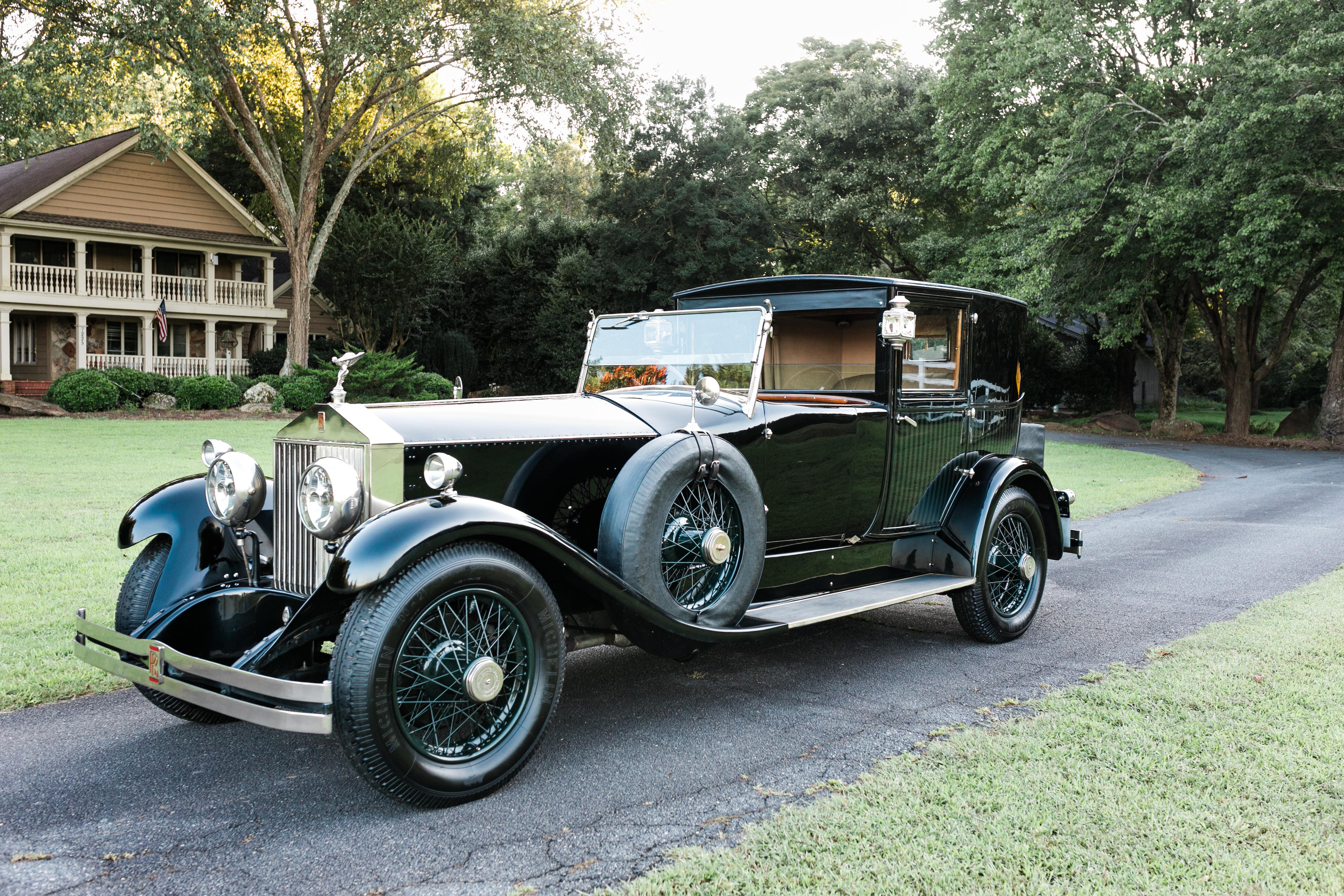
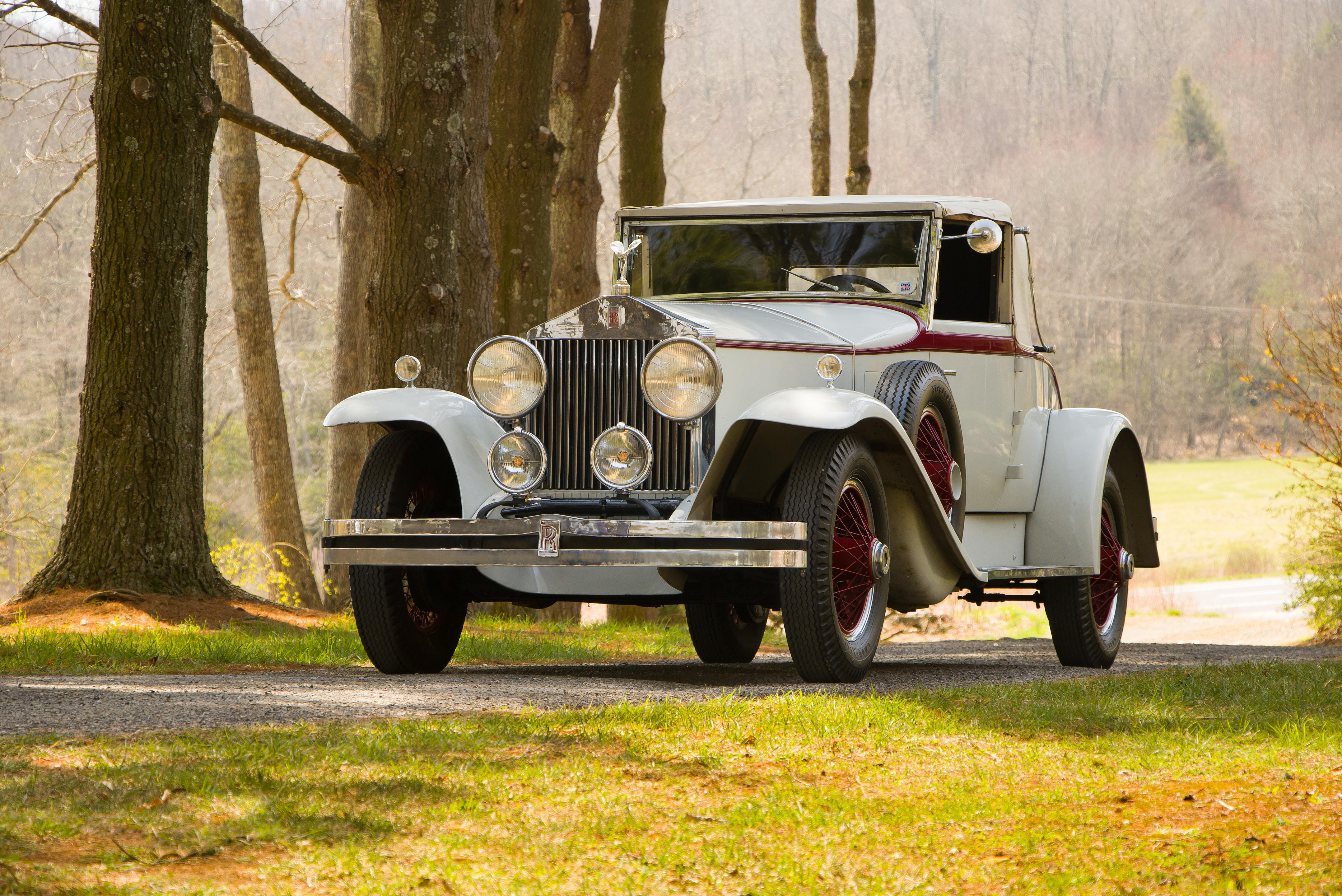
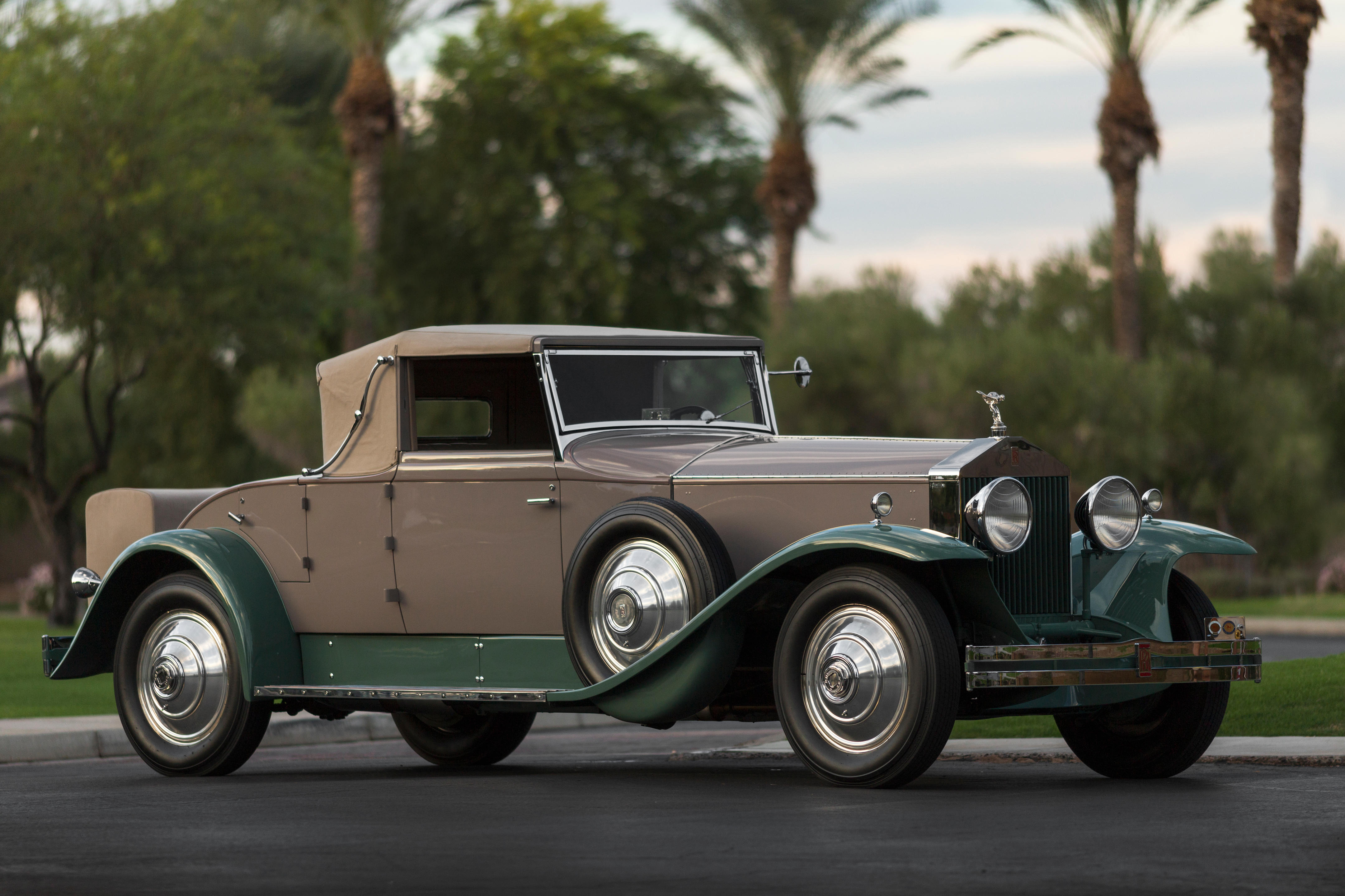
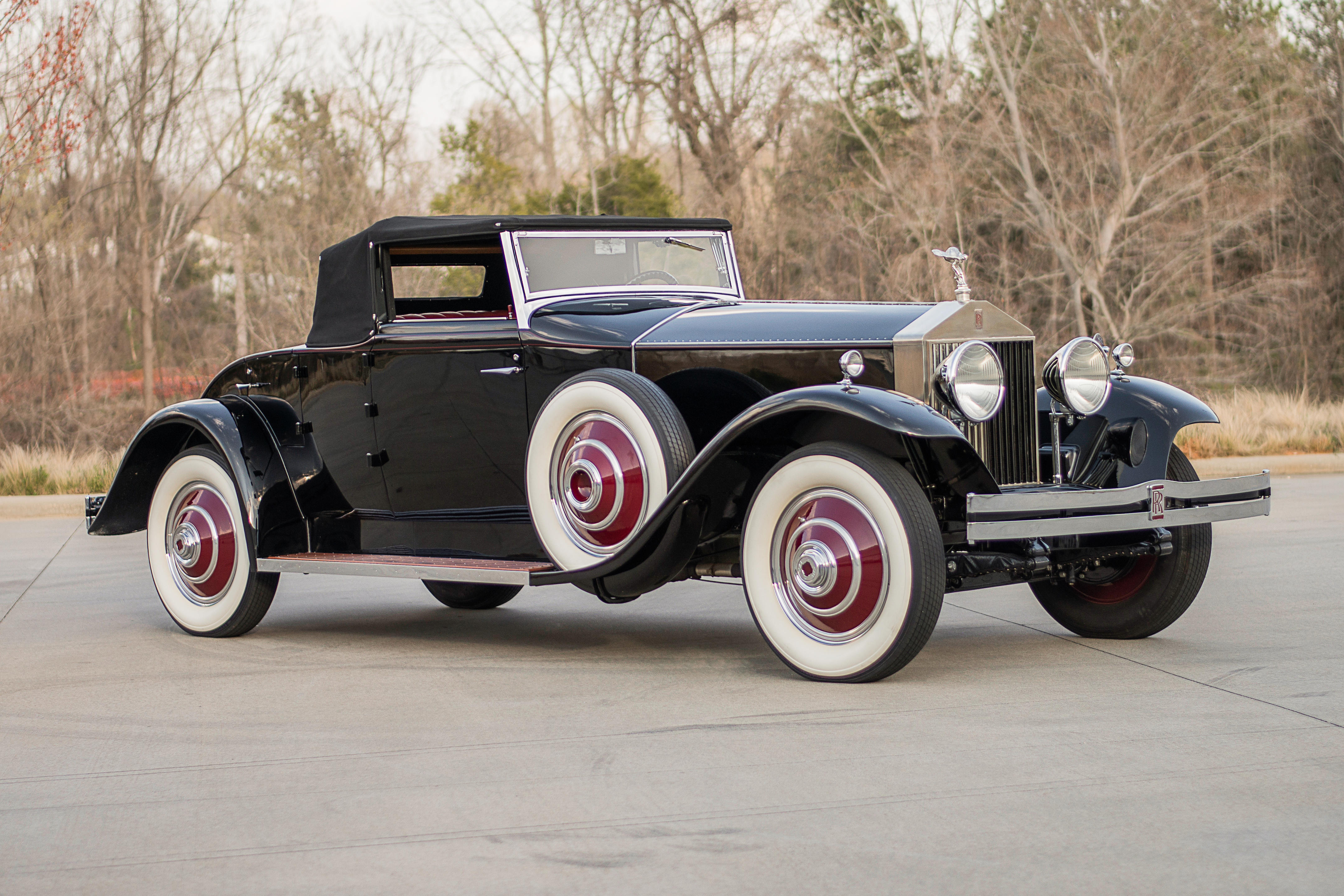
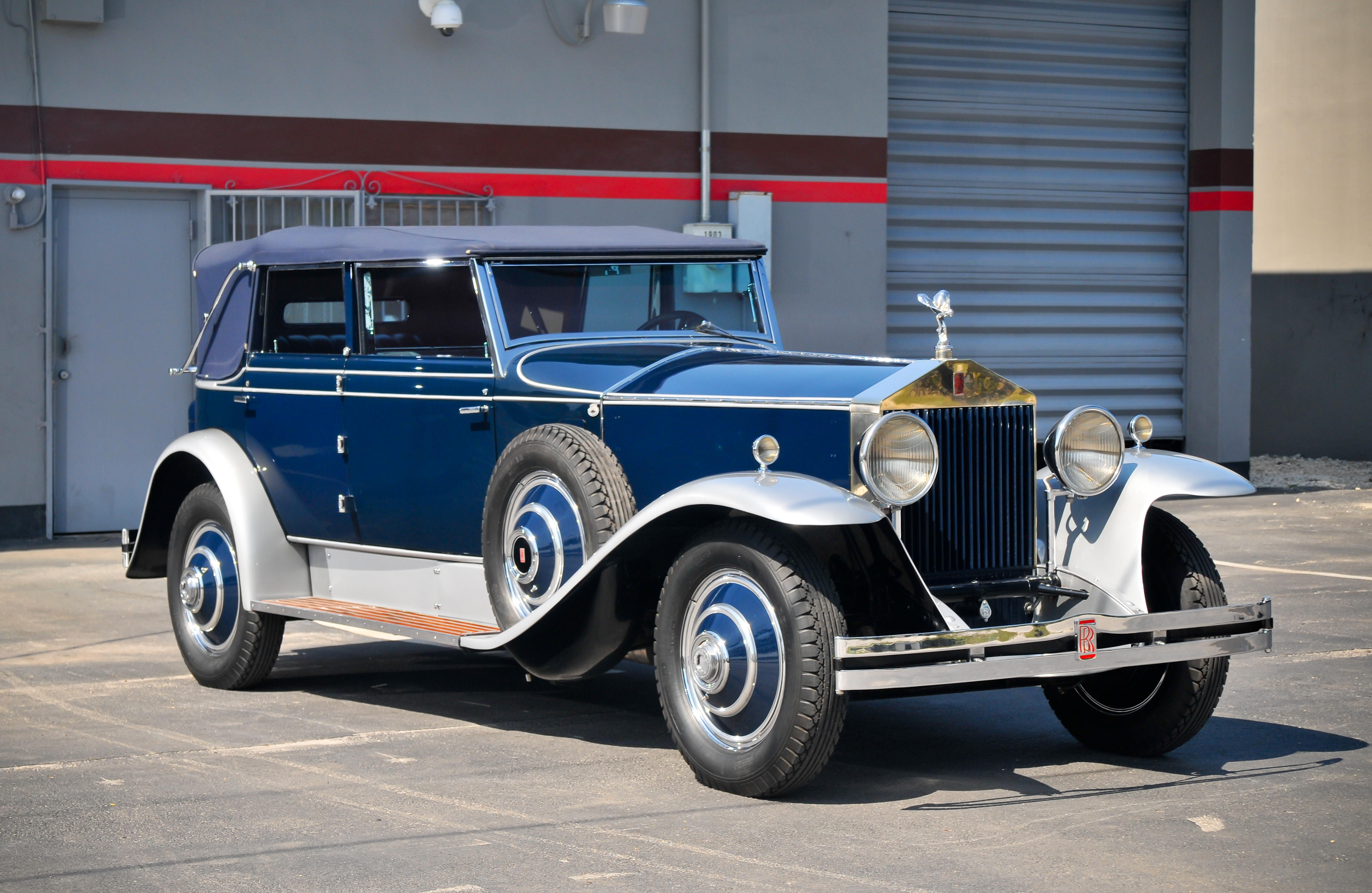
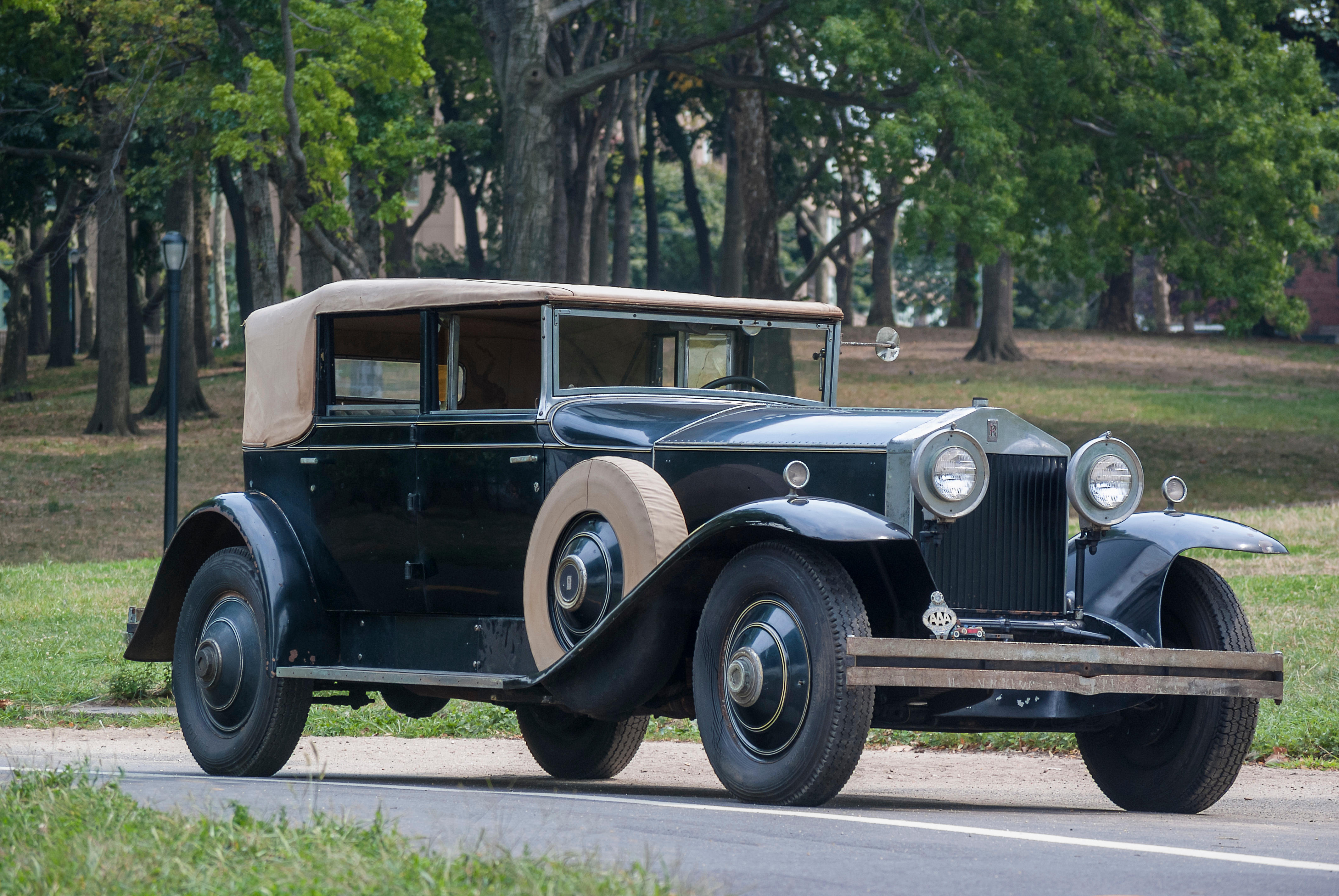
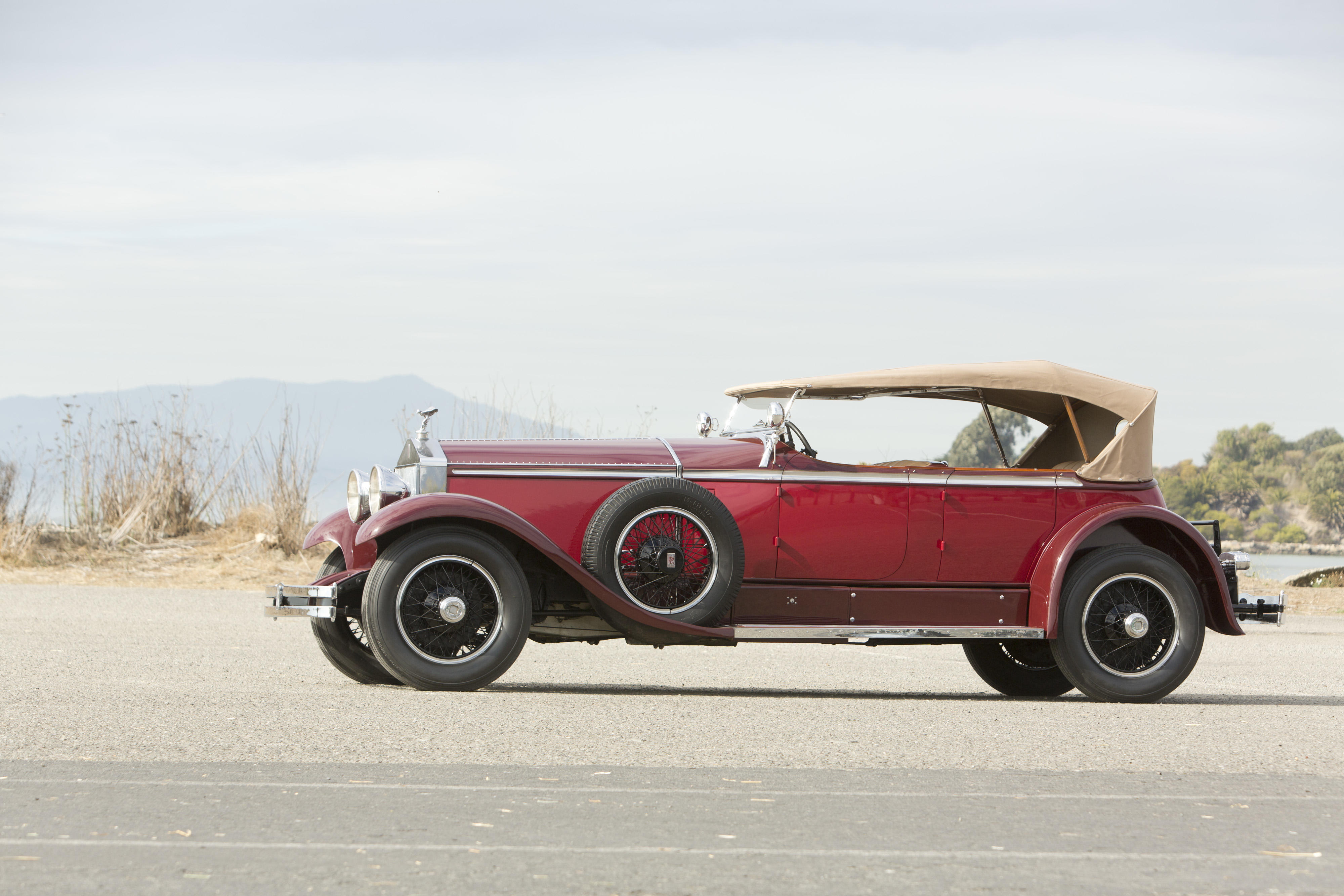
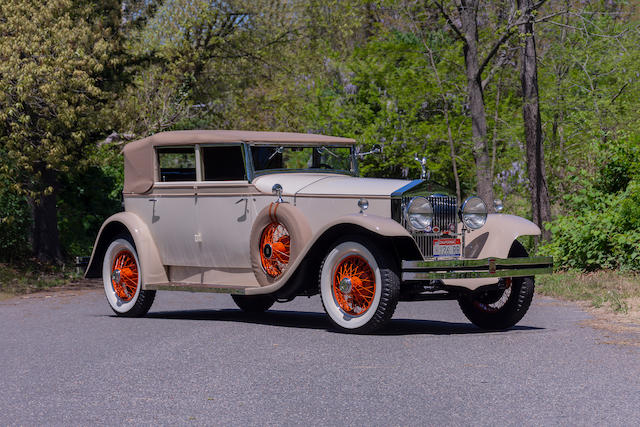


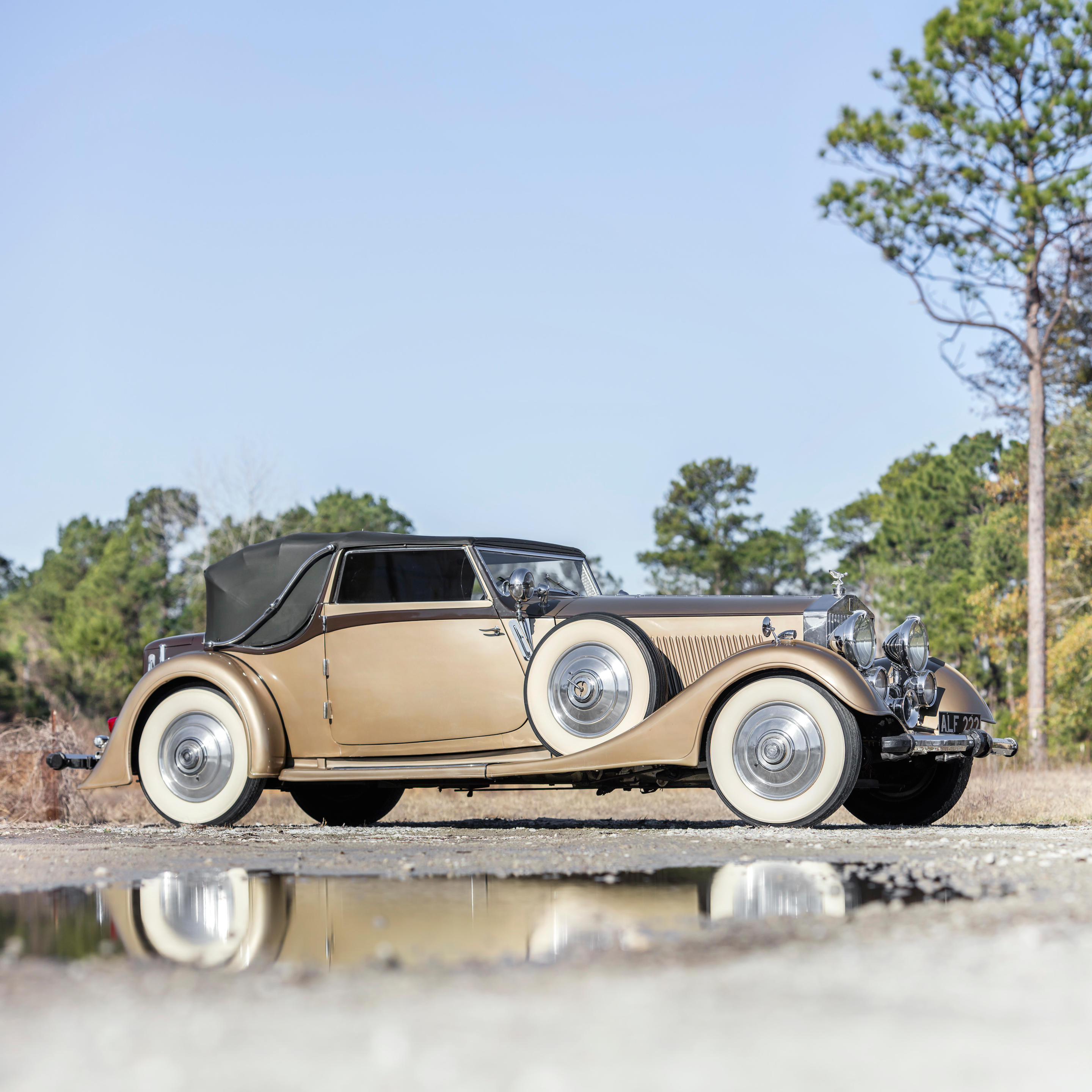
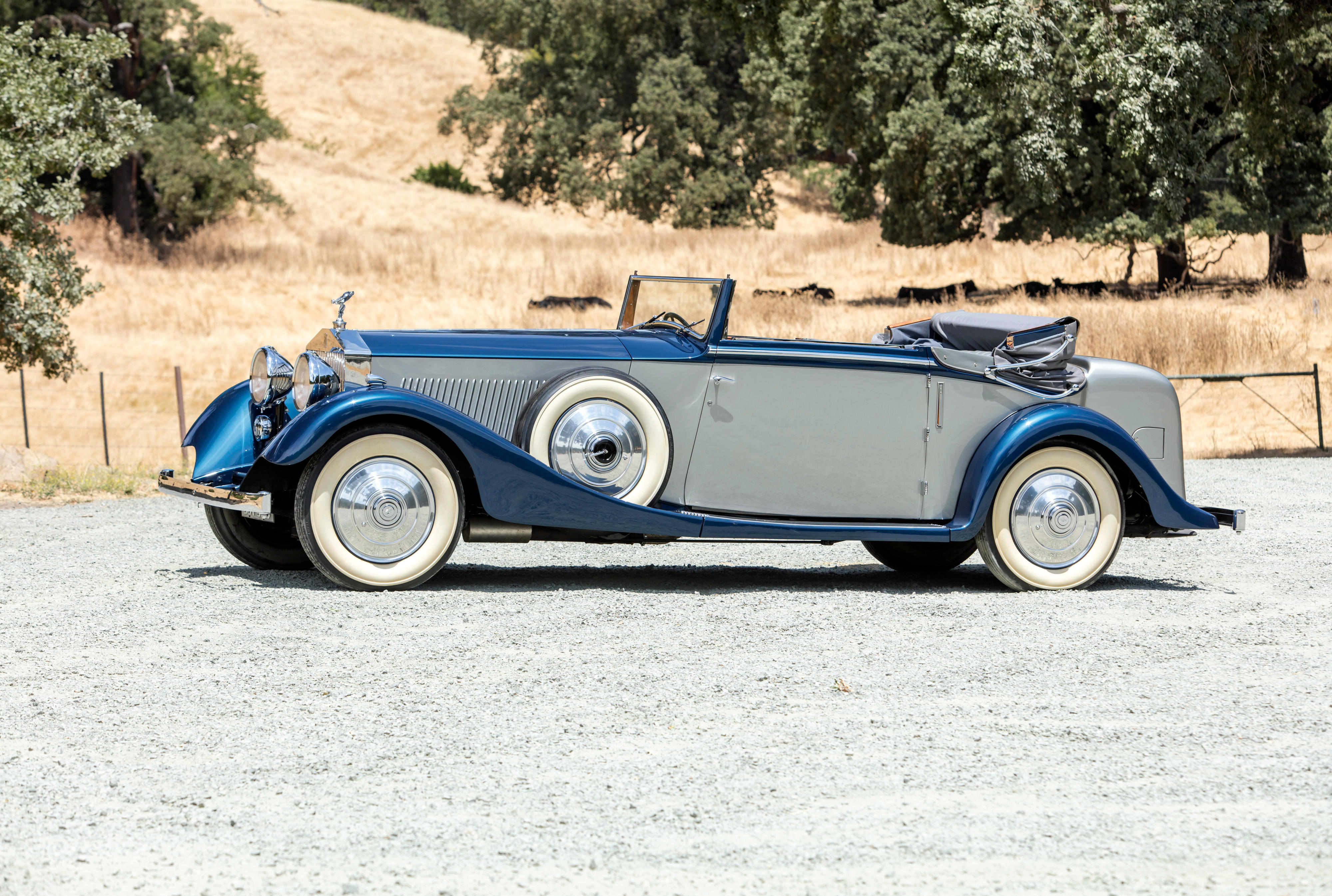
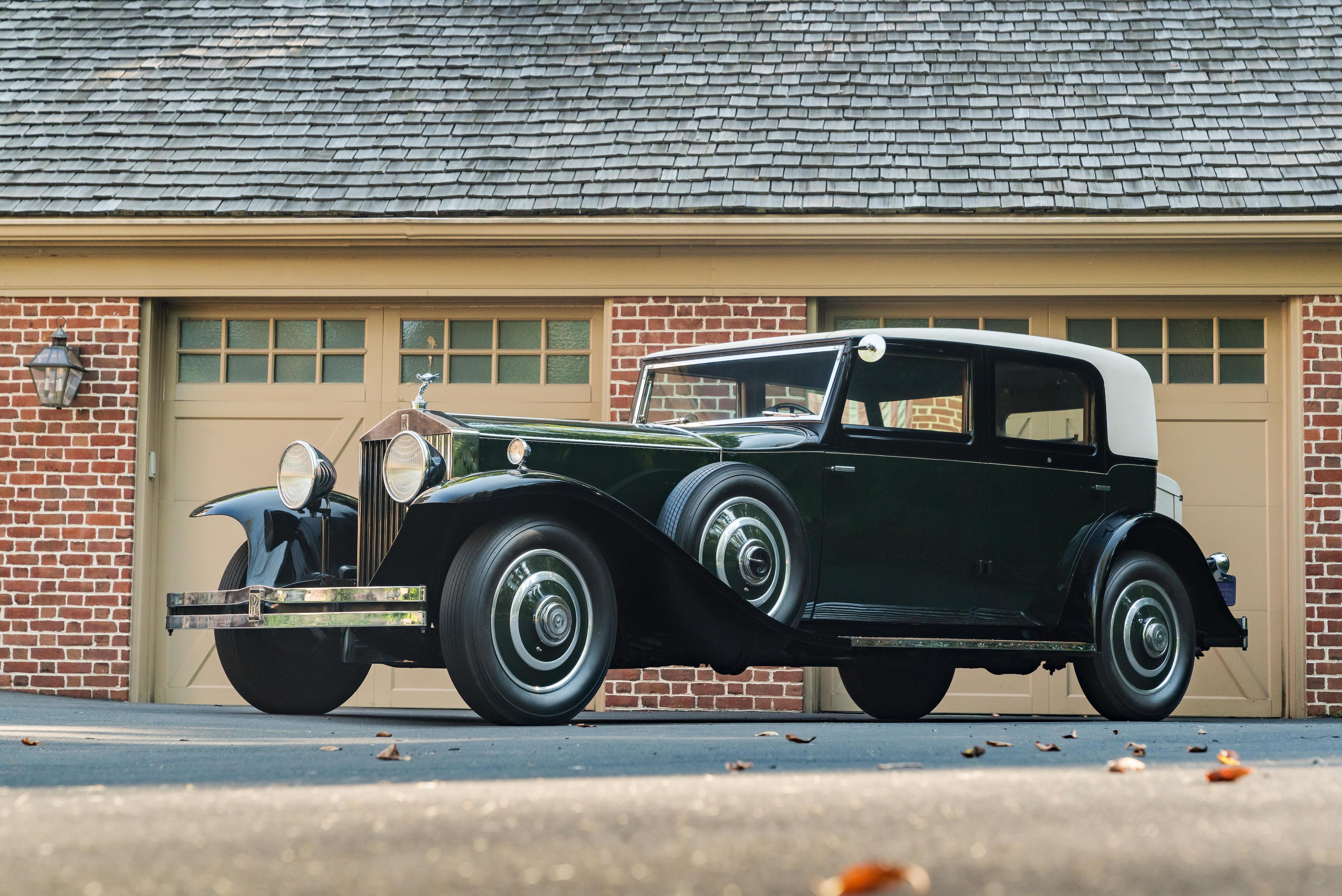
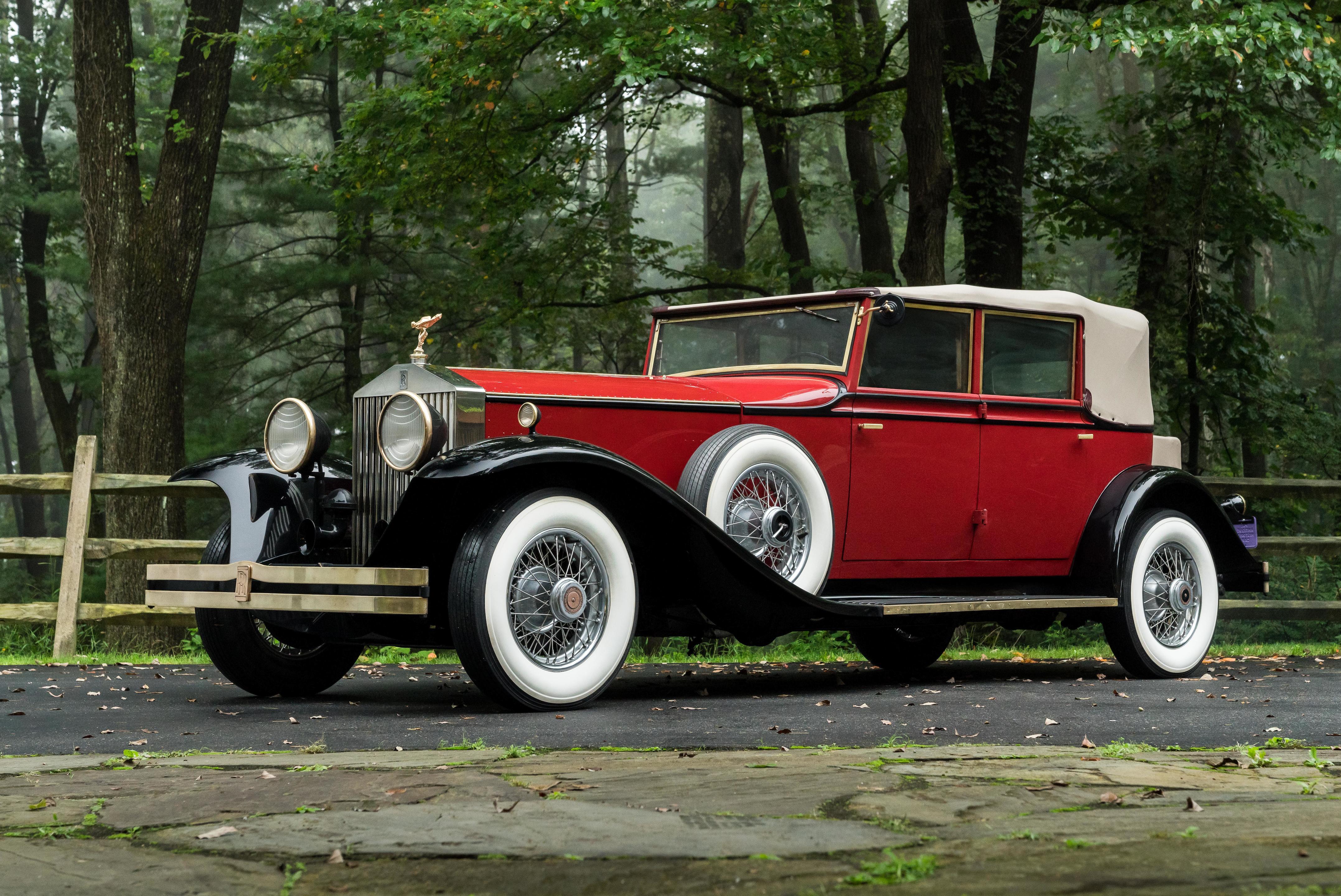
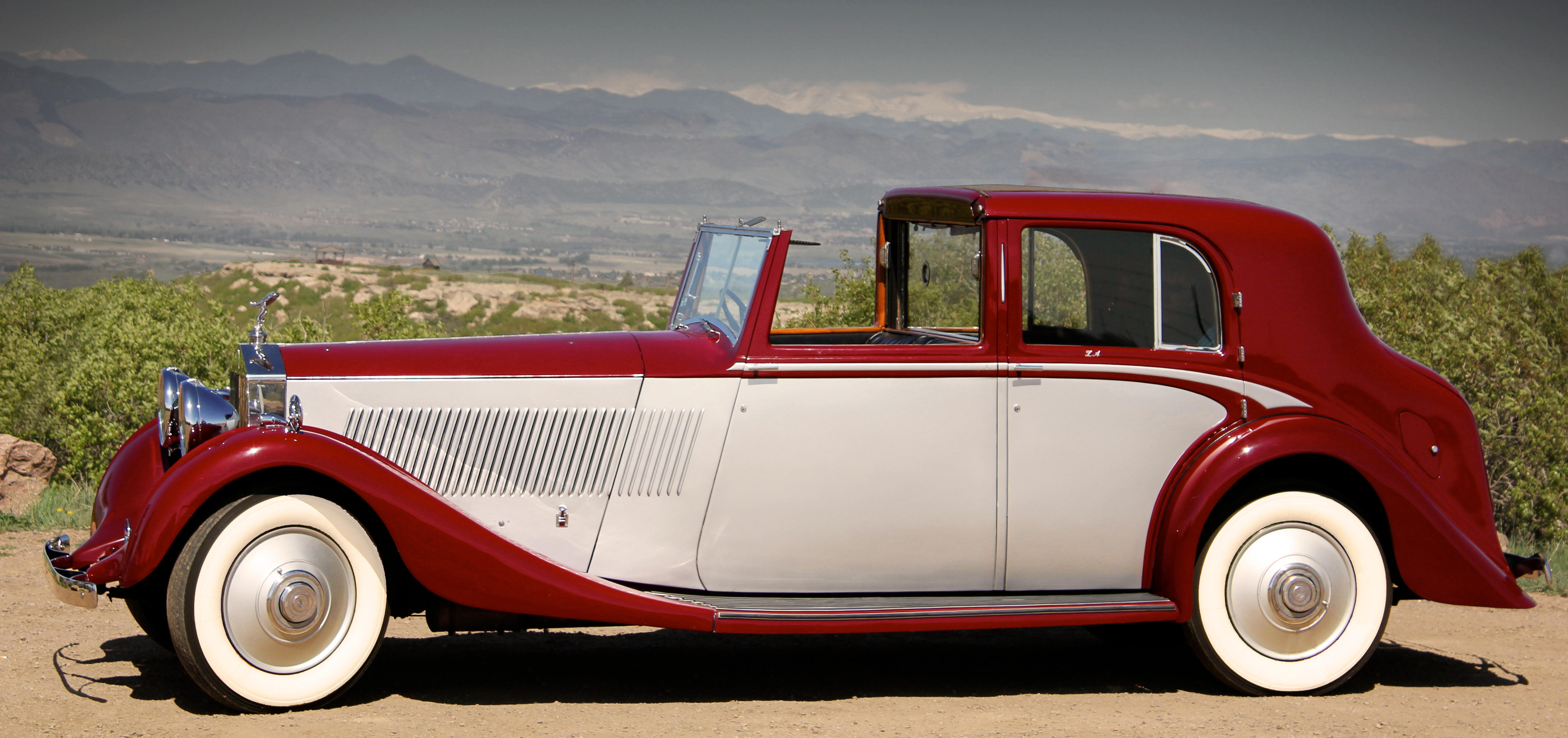
Testen Sie LotSearch und seine Premium-Features 7 Tage - ohne Kosten!
Lassen Sie sich automatisch über neue Objekte in kommenden Auktionen benachrichtigen.
Suchauftrag anlegen